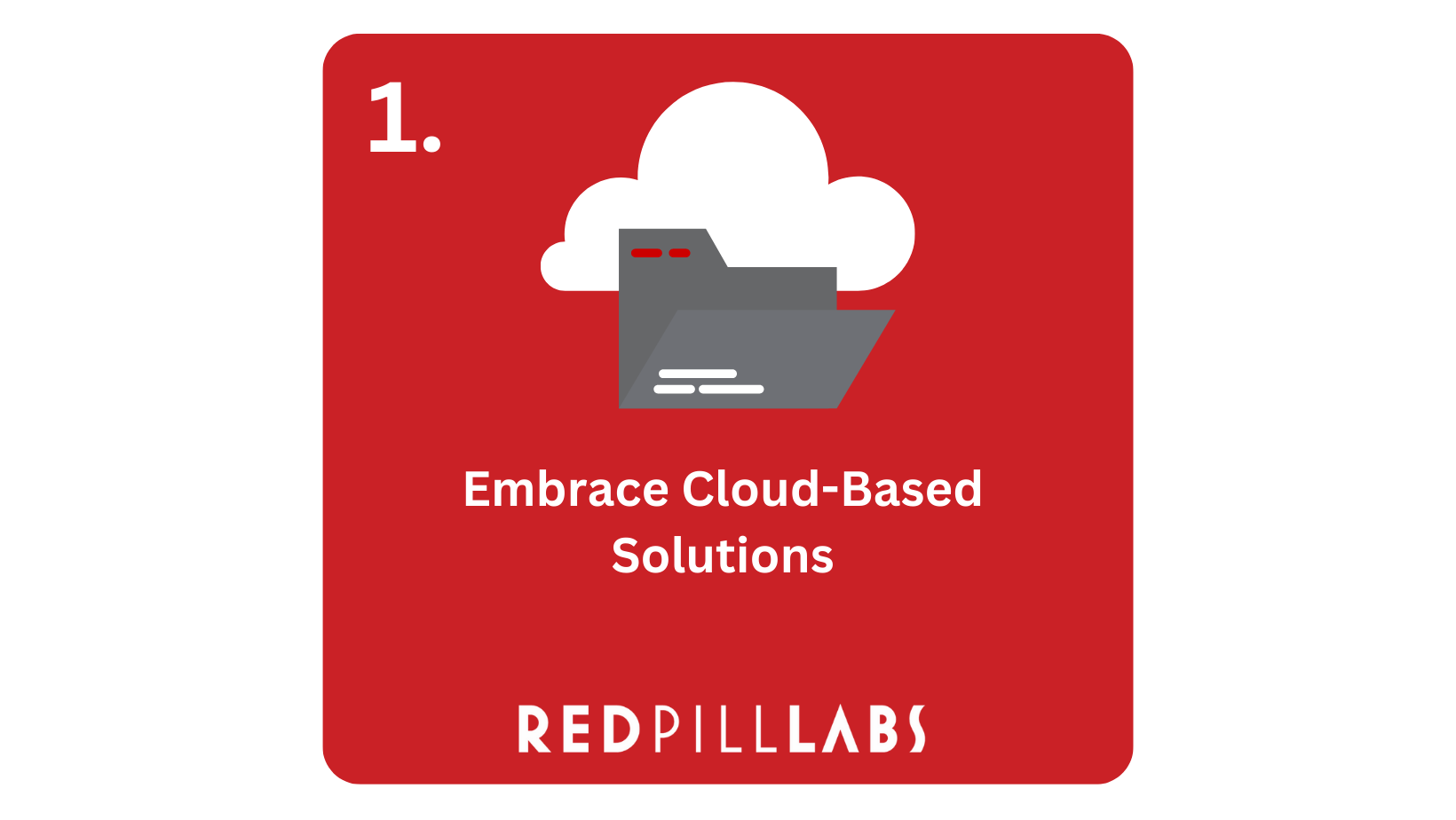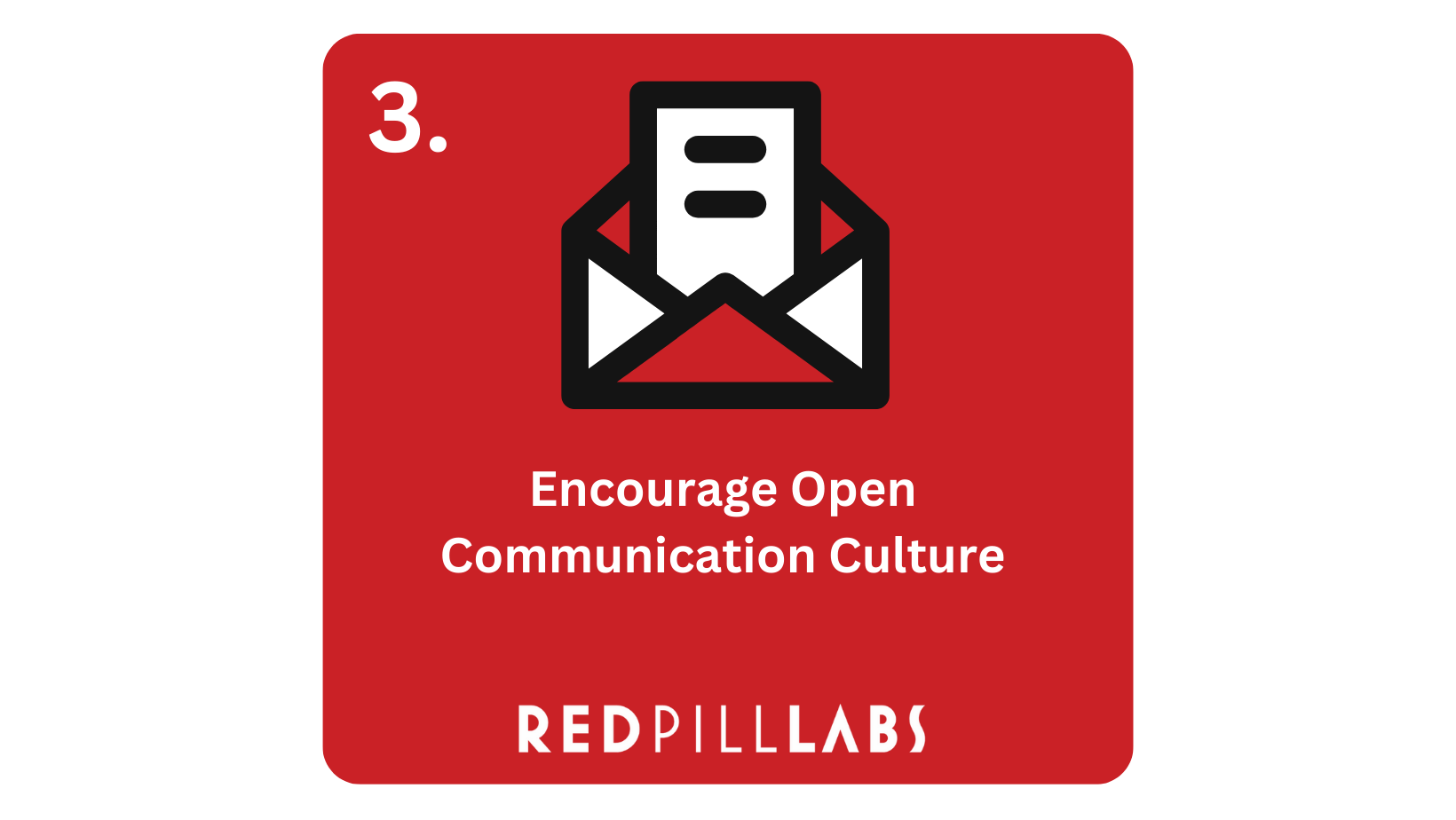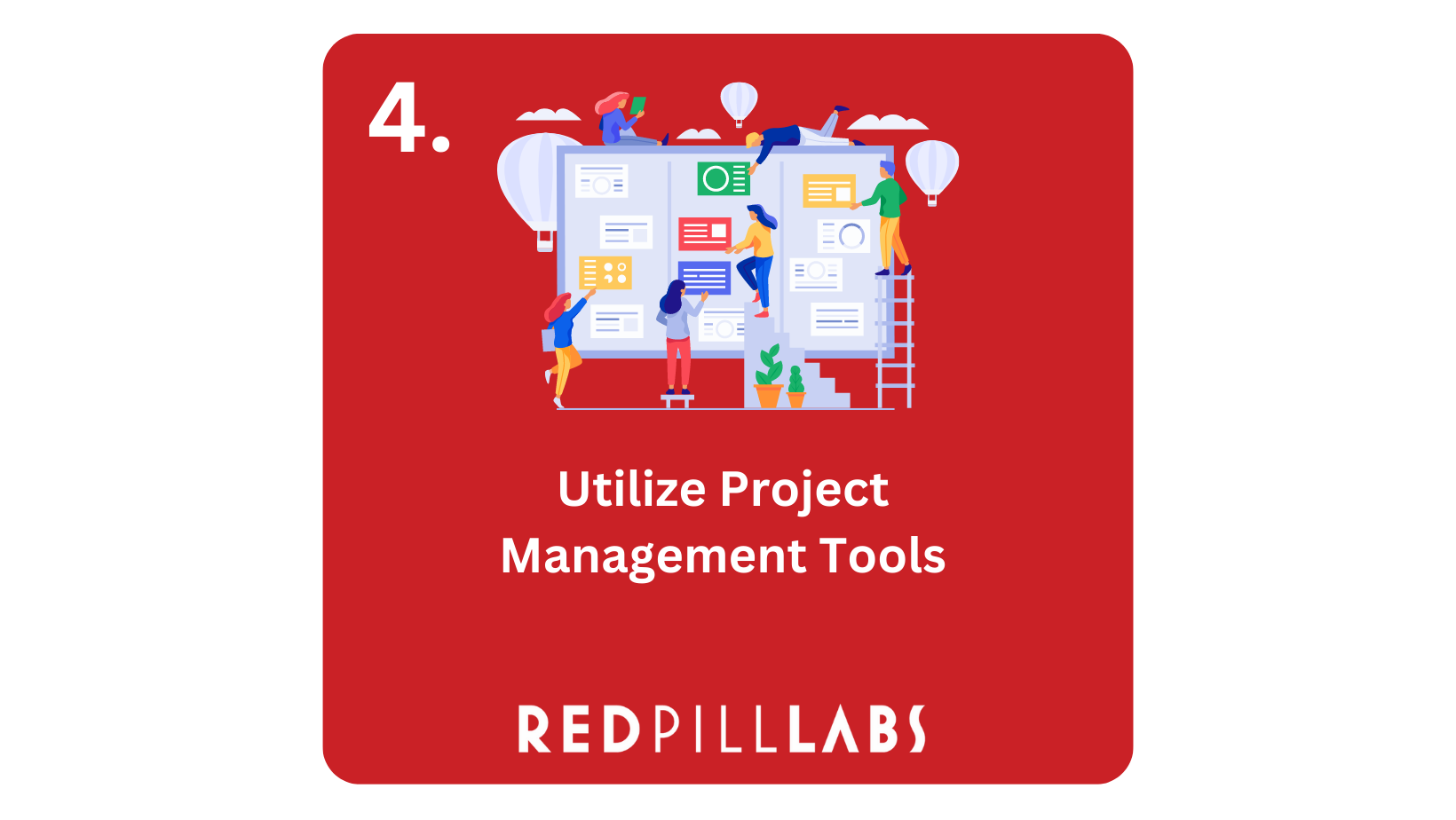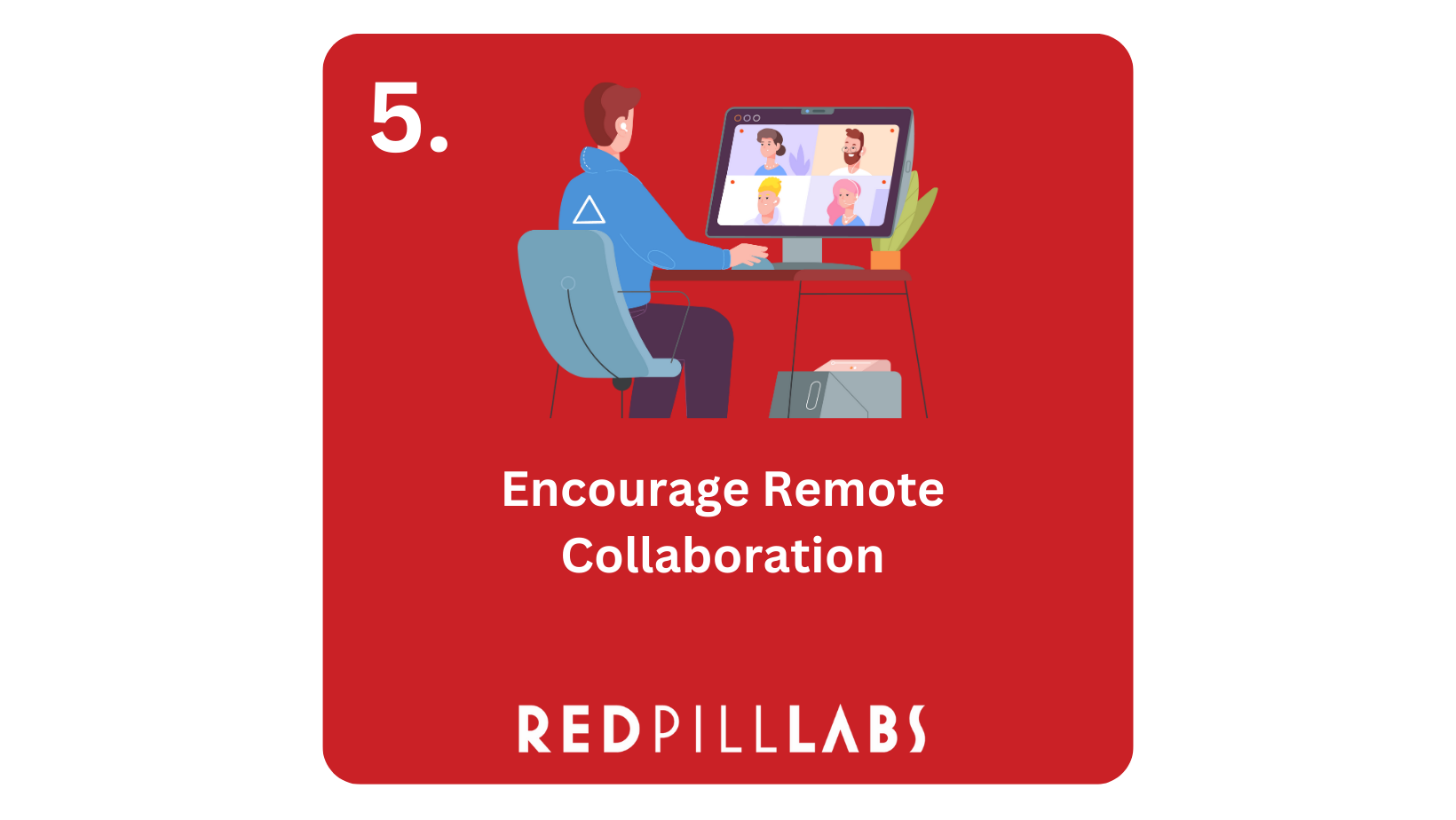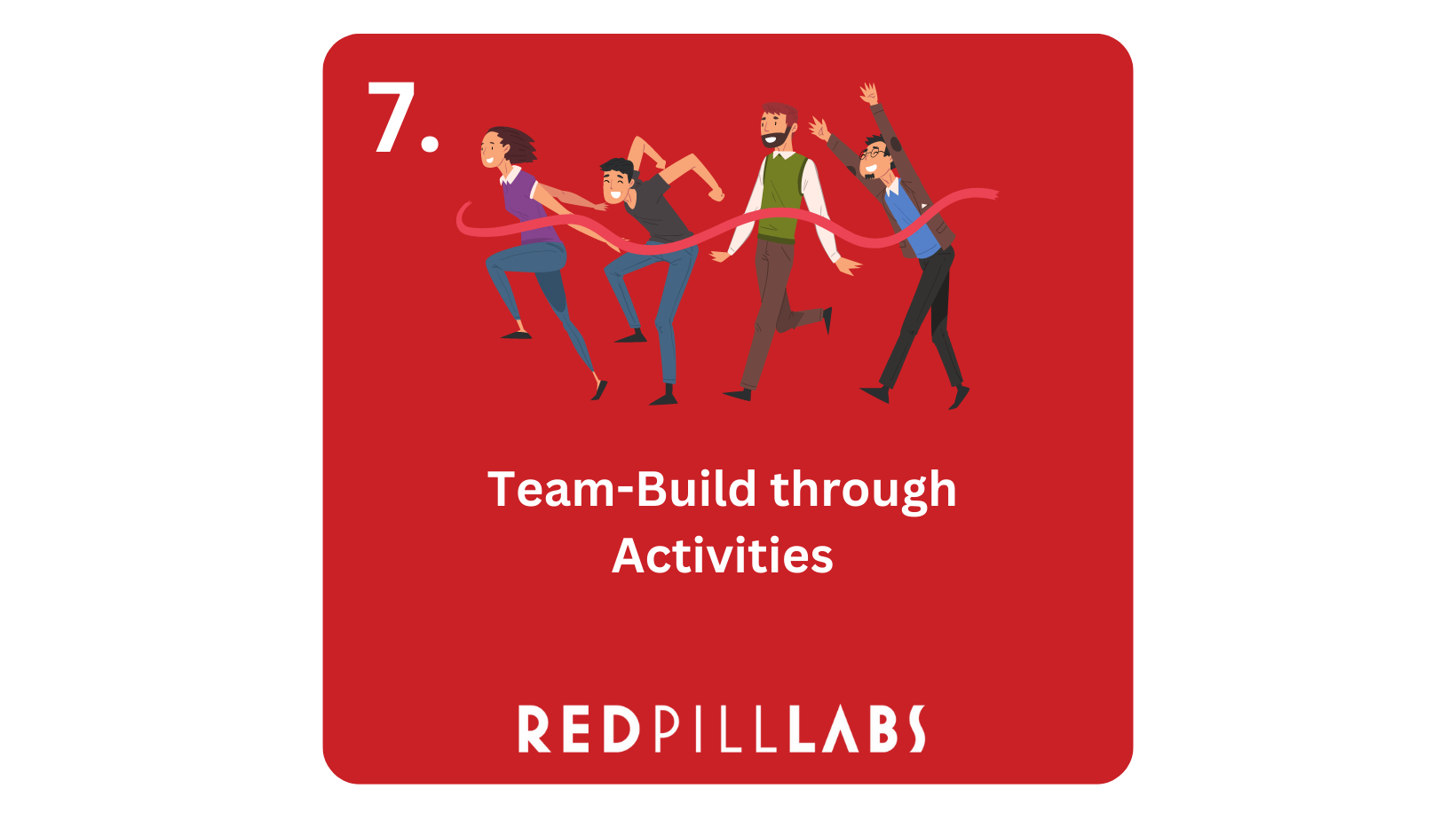Top 7 Ways To Boost Productivity In 2023
7 Methods of of Productive Collaboration in 2023
2023, a time when incredible technological advancements are creating a lot of interest. From Artificial Intelligence (AI) and Machine Learning (ML) to the vast possibilities of augmented reality, technology has become an indispensable tool for all businesses. Amidst these developments, one of the key advantages that current technologies offer is the ability to boost productivity within organizations.
When seeking to identify inefficiencies, business owners commonly scrutinize manual processes, workflows, and the utilization of their resources and technology. However, today we want to shift the focus and shed light on the significance of productive collaboration in achieving organizational success and growth. Cultivating effective communication within your organization yields numerous benefits, including optimized resource allocation, enhanced teamwork, and improved employee retention, among others. These factors collectively contribute to saving both time and money for businesses.
In the upcoming sections, we aim to guide you through various tools, platforms, and methodologies that businesses can leverage to elevate team collaboration, foster effective communication, and ultimately yield a positive impact on productivity.
1. Embrace Cloud-Based Collaboration Tools
In the digital age, cloud-based collaboration tools have revolutionized the way teams work together. These tools offer real-time document sharing, simultaneous editing, and seamless communication, irrespective of geographical barriers. From project management platforms to collaborative document editors, embracing cloud-based collaboration tools streamlines workflows, encourages teamwork, and boosts productivity.
Popular Cloud-Based Collaboration Tools:
Google Workspace: Offers real-time document collaboration, file sharing, and communication tools such as Google Docs, Google Sheets, and Google Meet.
Microsoft 365: Provides cloud-based collaboration tools like Microsoft Teams, SharePoint, and OneDrive for seamless collaboration and communication.
Slack: A popular messaging platform that allows teams to organize conversations, share files, and integrate with other tools for efficient collaboration.
Trello: A visual project management tool that helps teams organize tasks, track progress, and collaborate on projects using boards, lists, and cards.
See more: How to Determine a Use Case for A.I. in Your Organization
2. Implement Agile Methodologies
Agile methodologies have gained widespread recognition for their ability to enhance collaboration and adaptability in fast-paced business environments. By embracing Agile principles such as Scrum or Kanban, organizations can foster cross-functional collaboration, empower teams to self-organize, and enable iterative and incremental development. This results in improved efficiency, accelerated project delivery, and heightened customer satisfaction.
Popular Agile Methodologies:
Scrum: An iterative framework that promotes collaboration, transparency, and adaptability, enabling teams to work in short, focused sprints to deliver valuable increments.
Kanban: A visual system that facilitates workflow visualization, limiting work in progress, and promoting continuous improvement and collaboration.
Jira: A project management tool that supports Agile methodologies, enabling teams to plan, track, and manage tasks and projects using features like boards, backlogs, and burndown charts.
See more: What Constitutes a Successful Project?
3. Foster a Culture of Open Communication
Effective collaboration thrives on open and transparent communication. Encouraging employees to share ideas, concerns, and feedback openly creates an inclusive environment where everyone's voice is valued. Implementing regular team meetings, establishing feedback channels, and promoting cross-departmental communication channels are pivotal in fostering a culture of open communication, driving innovation, and strengthening team bonds.
Popular Communication Platforms:
Zoom: A video conferencing platform that facilitates face-to-face communication, team meetings, and remote collaboration.
Slack Channels: Dedicated channels for different teams, projects, or topics to encourage open communication and collaboration across the organization.
Employee feedback tools: Platforms like Officevibe or TINYpulse that allow employees to provide feedback, share ideas, and participate in anonymous surveys to foster open communication and engagement.
See more: 3 Ways to Become More Customer-Centric
4. Utilize Project Management Tools
Project management tools act as a central hub for collaboration, enabling teams to plan, track progress, assign tasks, and manage deadlines efficiently. By leveraging project management tools, businesses can streamline communication, allocate resources effectively, and gain real-time visibility into project status. This facilitates collaboration, minimizes bottlenecks, and ensures timely project delivery.
Popular Project & Task Management Tools:
SmartSuite: A collaborative work management platform that enables teams to plan, track, and manage any workflow - whether it be a project, goal, process, task, doc, or chat.
Asana: A project management platform that enables teams to plan, track progress, assign tasks, and collaborate on projects using features like task lists, timelines, and integrations.
Monday.com: A visual project management tool that provides customizable boards, automations, and communication features for efficient team collaboration.
ClickUp: A productivity platform that offers project management, task management, team collaboration, and communication features.
See More: How You Can Benefit from Business Advisory Services
5. Encourage Remote Collaboration
The rise of remote work has transformed the way teams collaborate. Embracing remote collaboration tools and practices enables geographically dispersed teams to work together seamlessly. Video conferencing, instant messaging platforms, and virtual whiteboards facilitate effective communication and bridge the gap between remote team members, fostering collaboration regardless of physical location.
Popular Remote Collaboration Tools:
Microsoft Teams: A unified communication and collaboration platform that combines chat, video meetings, file storage, and app integrations to enable remote teamwork.
Slack: A messaging platform that allows real-time communication, file sharing, and integrations, fostering collaboration among remote teams.
Miro: An online whiteboarding platform that facilitates visual collaboration, brainstorming, and ideation, regardless of team members' physical location.
See more: The Power of Mentorship - Part 1
6. Establish Clear Goals and Roles
A key aspect of productive collaboration is establishing clear goals and defining roles within the team. By clarifying objectives, allocating responsibilities, and setting achievable targets, teams can align their efforts towards a common purpose. This clarity minimizes confusion, maximizes productivity, and enhances collaboration as team members have a clear understanding of their contributions and the desired outcomes.
Methods of Establishing Clarity:
SMART Goals Framework: A goal-setting methodology that ensures goals are Specific, Measurable, Achievable, Relevant, and Time-bound, providing clarity and focus for the team.
RACI Matrix: A tool for defining roles and responsibilities within a project or process, ensuring accountability and clarity of tasks and decision-making.
Teamwork: A project management software that allows teams to define roles, assign responsibilities, and track progress towards shared goals.
See more: Maximizing Your Business Potential with AI: A Non-Techie’s Guide to Success
7. Foster a Collaborative Culture through Team-Building Activities
Building a strong team spirit is crucial for fostering productive collaboration. Engaging in team-building activities, both in-person and virtual, helps break down barriers, strengthens interpersonal relationships, and fosters trust among team members. Team-building exercises, workshops, and retreats create a supportive and collaborative environment where individuals can learn from one another and work together effectively.
Methods of Team Strengthening:
Virtual team-building activities: Online games, icebreakers, and challenges that encourage team bonding and collaboration, such as virtual escape rooms or collaborative quizzes.
Team workshops and retreats: In-person or virtual events that focus on team-building exercises, problem-solving activities, and skill-building sessions to foster collaboration and trust.
Peer recognition platforms: Tools like Bonusly or Kudos that enable team members to recognize and appreciate each other's contributions, fostering a positive and collaborative culture within the organization.
See More: CDAP - The Ultimate Guide for Business Owners
Conclusion:
In the dynamic landscape of 2023, effective communication serves as the bedrock of successful teamwork. By harnessing the power of technology, businesses can unlock new realms of collaboration, efficiency, and innovation. Embrace digital communication platforms, leverage project management tools, explore the immersive potential of VR and AR, and tap into AI-assisted communication. Yet, amidst the technological wonders, let us remember that effective communication ultimately thrives on human connection, trust, and collaboration. By seamlessly integrating technology into our communication strategies while fostering a culture of open feedback and collaboration, businesses can maximize the potential of team communication and achieve remarkable outcomes in today's modern workplace.


